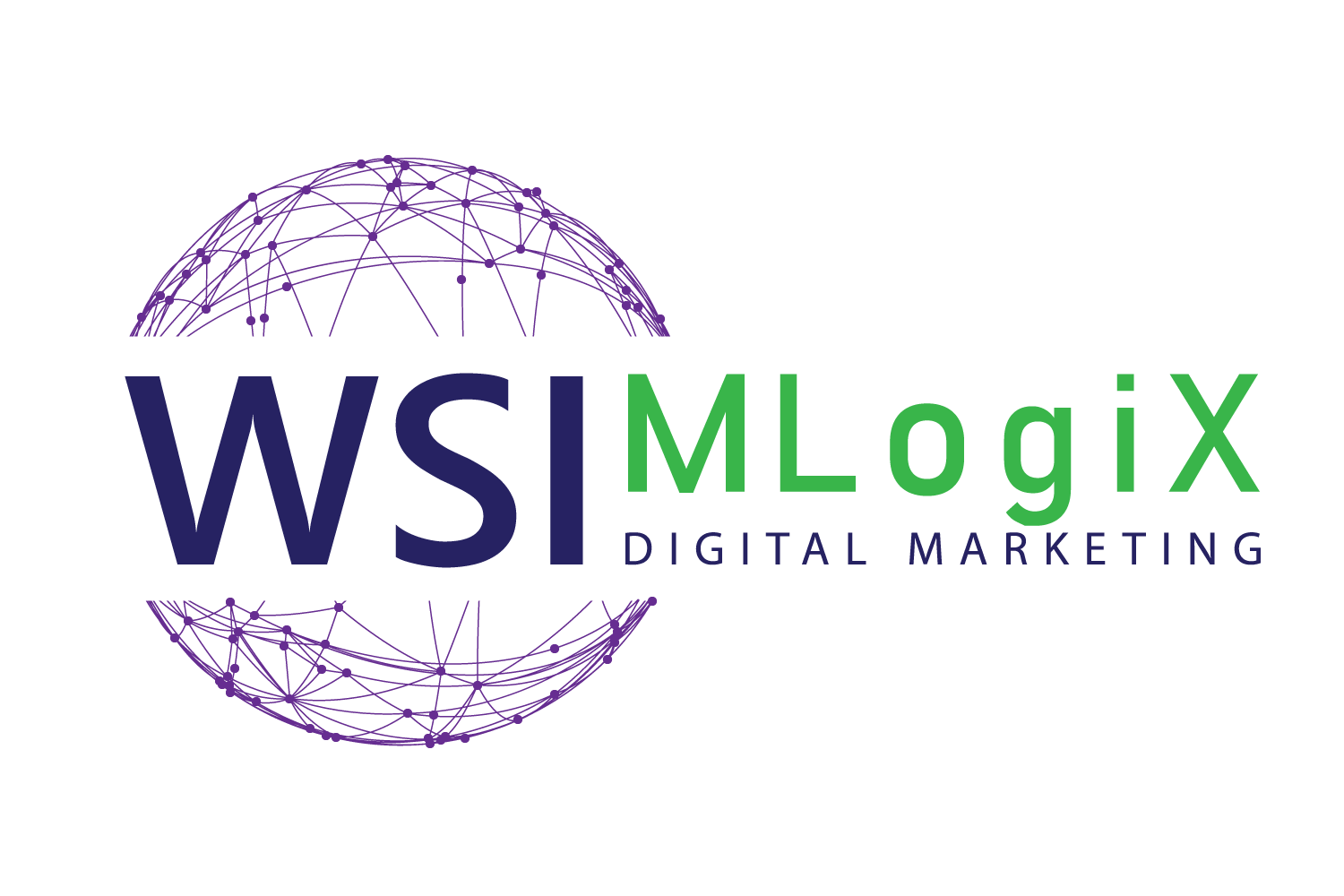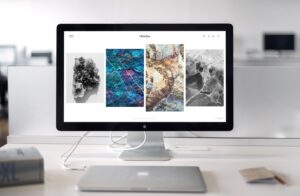Every street in San Francisco offers a dozen choices. A local shopper taps, scrolls, and judges within three heartbeats. Craft each sales page for that single person. Search records show people typing web design in San Francisco when they crave a firm close enough for a coffee meet-up, not a far-off vendor. Hold that picture tight; every design move must serve this one visitor.
State the Promise Up Front
Your headline sits above the fold, bold and trimmed of fluff. It tells exactly what the reader gains—not features, gains. “Get a Site That Books Clients in Seven Days” outruns “Custom Websites Since 2010.” Follow with a tight sub-line naming the target area and dropping one concrete benefit such as higher calls or faster load speed. Readers decide to stay or bounce right here, so waste no words.
Layout: Simple, Fast, Mobile First
Phones own most first clicks, so build pages on a narrow grid first, then widen for desktop. Keep navigation off the page; extra links act like leaks in a bucket. Stack sections in this order: Hero, Value Bullets, Proof, CTA, FAQ, Second CTA. Leave white space around each block. A speedy load is non-negotiable—compress images, host fonts locally, prune scripts. Good code means happy thumbs, and happy thumbs linger. Clients hunting web development San Francisco care about that unseen muscle.
Color and Contrast: Steering the Gaze
Color sells emotion before copy is read. Warm tones spark energy; cool hues whisper calm. Pick one base shade from your brand, then choose a high-contrast accent for buttons. Readers skim in an F pattern—accent pulls the eye along that path. Never crowd the accent; let padding frame it so focus stays sharp. Contrast does the real lifting, not the specific tint.
Copy That Talks Like a Neighbor
Plain talk wins. Use verbs such as “book,” “build,” “grow.” Mix sentence lengths: a five-word jab, then a fifteen-word roll, then back to a jab. Slip in idioms locals love: “skip the commute,” “straight from the cable-car line.” Metaphors paint pictures, but keep them tight—“Your site becomes a storefront lit all night.” One keyword per page keeps search bots happy; drop web design agency San Francisco once where it fits, then let the copy breathe.
CTA Psychology: Make the Click Feel Safe
Place the main button where the thumb rests after reading the value bullets. Shape it wide, fill it with a bright accent, write a low-risk ask: “Get My Free Quote” or “Start My Project.” Add a lock icon or “No card needed” beside it to calm nerves. Keep a second path handy: a tap-to-call number fixed at screen bottom for users who decide quicker. Veteran web designers San Francisco swear by sticky headers that shorten the gap between thought and action.
Proof: Let Others Do the Bragging
Skepticism fades when proof rises. Show a five-star snippet right under the first CTA, then a mini-case photo with a one-sentence win (“46 percent more bookings in ninety days”). Trust badges—licensed, insured, local chamber member—slot neatly beside or below the button. Sprinkle numbers: years in business, average review score, projects finished this quarter. Those facts answer the silent “Why you?” without extra copy. Soon readers whisper Best web design when sharing your link.
Test, Measure, Refine
No page is ever done. Run A/B trials on headline verbs, button color, or testimonial order. Change one element at a time and watch heat maps plus form completions. Small lifts—two points here, three there—compound into real revenue. Keep a swipe file of every win and loss; next launch gets faster.
Visual Hierarchy: Let the Page Do the Talking
Design psychology says eyes land on the biggest, boldest item first, then drift by weight, color, and motion. Size crowns headings. Weight guides subtitles. Motion—subtle video loops or a micro-animation on hover—earns a quick second look. Place core benefits in larger font, set secondary facts one step lighter, and your visitor follows the trail without thinking. Fitts’s Law reminds us that larger interactive targets feel easier to hit, so give buttons generous padding. When elements shout in equal volume, the brain works harder. Give every block a clear rank; confusion steals conversions.
Gestalt Cues: Turning Chaos Into Clarity
The brain loves order. Gestalt principles show how.
Proximity: group related items close so users grasp them as one thought.
Similarity: style all testimonials alike to signal shared purpose.
Continuity: align edges so lines flow; a mis-aligned icon jars attention.
Closure: cards with partial borders invite the mind to finish the shape, pulling focus inside.
Use these cues to cut noise. White space is a cue too—it frames, isolates, and rests the eye. The net result feels calm and credible, which keeps scrolling momentum alive.
Content Psychology: Triggers That Tip the Scale
Words spark action when they tap core drives.
Scarcity nudges with “Only two slots left for May launches.”
Social proof reassures with “Over 150 local owners upgraded this year.”
Authority lands through a quote from a known founder or a local tech writer.
Reciprocity blooms when you give value first—offer a quick audit PDF in exchange for an email.
Commitment grows by asking for a micro-yes, like a one-question poll, before the full quote form.
Blend one or two triggers per section; piling on each tactic dulls trust.
Memory Hooks: Keep the Brand Top-of-Mind
Two cognitive quirks help visitors remember you.
Primacy–Recency says first and last items stick, so open with a bold benefit and close each module with a clear CTA.
Von Restorff effect shows that an oddball element pops in recall; a single hand-drawn icon amid flat graphics can mark the mind.
Repeat key cues three times: headline, sub-bullet, CTA. Use the same color and verb in each mention. Consistency sounds boring yet stays lodged in memory long after tabs close.
Parting Words
Building a local sales page feels like fitting a shopfront into a single phone screen. Clear promise, clean layout, real proof, friendly button, brain-wise hierarchy, and words that tap human drives—hit those notes and buyers stay. Treat each element as a moving part in a living storefront. Tune it weekly, stay honest, and the clicks will keep rolling toward your inbox.




